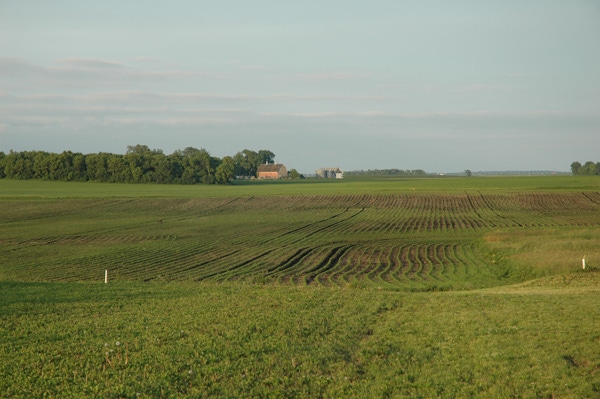January 17, 2012

Farmers have been given more time to terminate their cover crops after the excessively wet spring of last year prevented many of them from doing that in time to meet a crop insurance deadline.
In order for grain farmers to insure their main crop, they previously had to terminate cover crops by May 15 and before the crop headed or budded. In December, the USDA's Risk Management Agency changed those rules so that producers now must terminate cover crops by June 5 and regardless of the growth stage.
"Last year, with a very wet spring, the May 15 deadline was really problematic," says Eileen Kladivko, Purdue University professor of agronomy. "There was a lot of effort on the parts of land-grant universities, the Natural Resources Conservation Service and partners like the National Wildlife Federation to get that changed because of the conservation benefits of cover crops. The new rule gives us an extra three weeks, and it doesn't matter the stage of the cover crop.
"This is a great improvement because now farmers can manage cover crops as is best agronomically," she says.
According to RMA, the changes affect corn, popcorn, sweet corn, hybrid seed corn, pumpkins, soybeans, grain sorghum and processing beans. The agency defines cover crops as crops planted within 12 months of planting an insurable crop. The cover crop must be recognized as a sound agronomic conservation practice for the area.
The change recognizes the importance of crop insurance in protecting a producer's livelihood and conservation in protecting the soil, says Brian Frieden, director of the Springfield Regional Office of RMA.
Even with the changes and increased flexibility, Kladivko says farmers need to visit with crop insurance agents about the way cover crops may affect a specific crop insurance policy.
Farmers also can get more information about cover crops on the RMA website at http://www.rma.usda.gov/ by clicking the "Information Browser" link. The site provides access to specific information by allowing growers to enter crops and counties where farms are located and to look at special provisions.
You May Also Like




